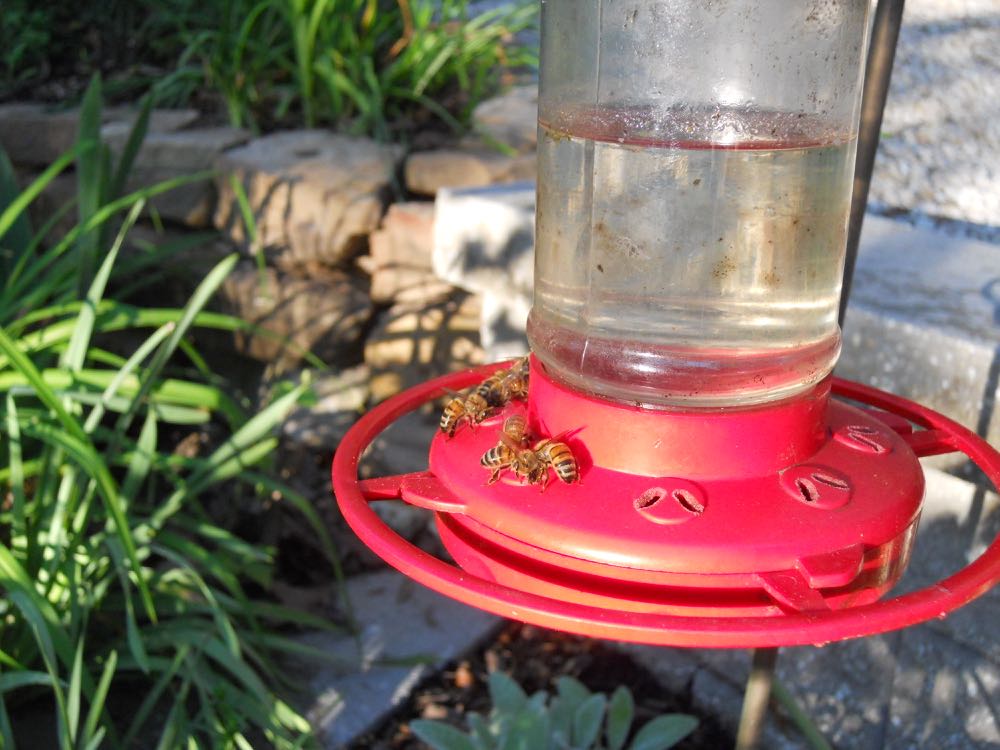Know Your Entrance Reducer
/This hive entrance reducer wheel has three settings. (Photo by Charlotte Ekker Wiggins)
Know Your Entrance Reducer
There are a number of ways beekeepers keep honey bees inside the hive and one of them is an entrance reducer.
There are several kinds of entrance reducers from wooden ones with different entrance sizes to the metal wheel one in the photo.
When using the wheel entrance reducer, it is helpful to know each of the settings:
Full open circle is equivalent to having the hive entrance fully accessible.
Wheel with small round holes is how you seal off the entrance still allowing hive ventilation.
And the one that looks like jail bars?
That’s a tiny queen excluder, you use that setting when you want to keep the queen inside but allow the worker bees to fly in and out.
Here is how the wheel looks in use on a swarm trap. In this case, I added a medium second story since the colony was growing and still needed to be moved to its final destination.
Metal entrance reducers are popular to use on swarm traps. (Photo by Charlotte Ekker Wiggins)
Metal entrance reducers are popular on swarm traps and nucs. If you don’t know how each setting is correctly used you could easily lose a colony, or two!

















